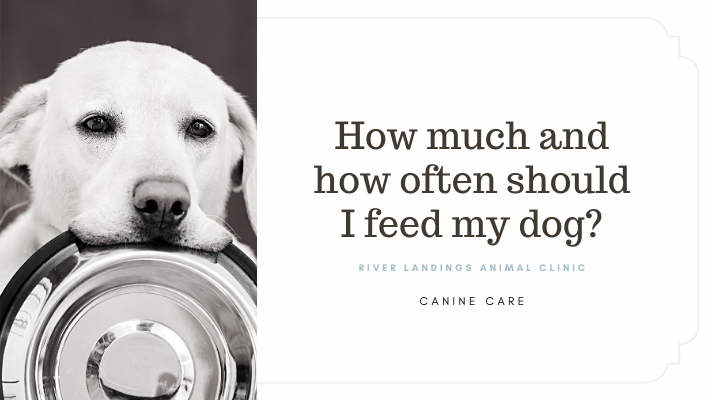Do you feel guilty eating three yummy meals a day plus snacks while your dog just gets one or two scoops of dry kibble?
It doesn’t have to be that way.
There are several healthy ways to feed your dog, depending on its individual needs. Here are the top three:
1. Let Your Dog Decide
For dogs who are at a healthy weight and aren’t having accidents in the house, you may be able to use the free-choice feeding method.
This means you leave food out all day and let your dog graze. This can be a good method for highly active dogs that are burning more calories than their couch-potato friends.
If you are leaving food out all day for your dog to nibble on, use dry food, which won’t spoil.
If you have a nursing dog, she will probably be fed by the free-choice method. Dogs who are nursing need many calories to produce a constant flow of milk for their pups.
Downsides: Leaving dog food out all day could attract insects, rodents, or raccoons. That’s especially the case if you feed your dog outside, so be on the lookout.
And if you have more than one pet, they may bicker over the food. Also, this method is not for dogs that are diabetic.
2. Control Portions
For the dog who would never stop eating, use the portion control method. First, ask your vet what your dog’s ideal weight is. If you are using commercial dog food, feed your dog the amount printed on the bag that fits with your dog’s ideal weight. Sometimes, however, the suggested amount is more than your dog needs. Your veterinarian can calculate the exact amount to feed.
You can feed your dog one or two times a day. It’s best to do it twice daily at 8-12 hour intervals. If you’re doing it this way, split the suggested amount found on the bag or you’ll feed your pet double what they need.
3. Watch the Clock
If you’re not worried about your dog over-eating but don’t want to leave the food out all day, use the timed feeding method. This means you give the dog a certain amount of time, like 30 minutes, to eat. When time’s up, put away what your dog hasn't eaten.
When you offer food again 8-12 hours later, your dog will be hungry and ready to eat.
What about treats?
Dog treats should make up 5%–10% or less of your dog’s daily diet. Ask your vet about the number of treats this means for your dog. It’ll vary based on your dog's weight and activity level.
If you need to use treats frequently for training, use very small pieces. You can also set aside some of your dog's daily portion of kibbles to use as “treats” when you train.
My dog is in-shape but is always hungry.
Using the guidelines on a commercial pet food label should be a starting point for deciding how much to feed your dog. If your dog seems hungry all the time, you may need to feed them more. Beware that some dogs will always seem hungry and are already overweight. Speak with your veterinarian for the best food options to keep your pup feeling full for longer.
The amount of food your dog needs may change if:
Your dog becomes more active or is pregnant or nursing.
The weather is very hot or cold.
Your dog is recovering from surgery or an infection.
Before giving your dog more food, make sure they are not merely looking for attention and love. And if they are— serve that up instead.
Hear From Us Again
Don't forget to subscribe to our email newsletter for more recipes, articles, and clinic updates delivered to your inbox (here). Or, you can keep up to date by liking and following our Facebook page (here).
Related: We have more information under our dog health category.

